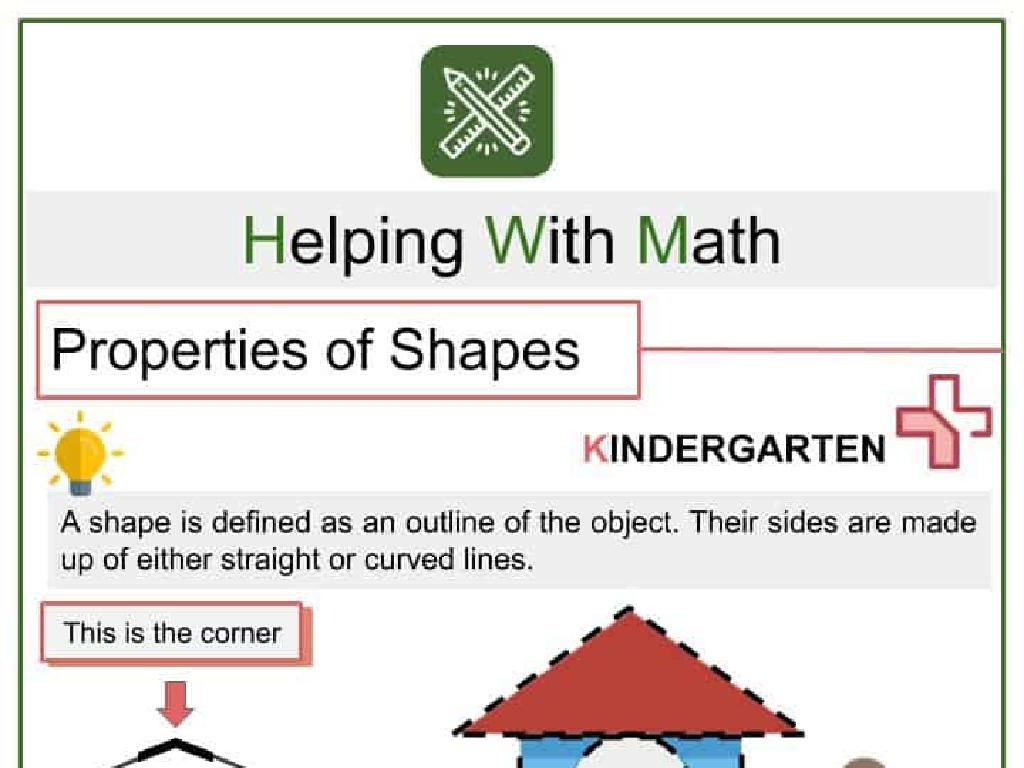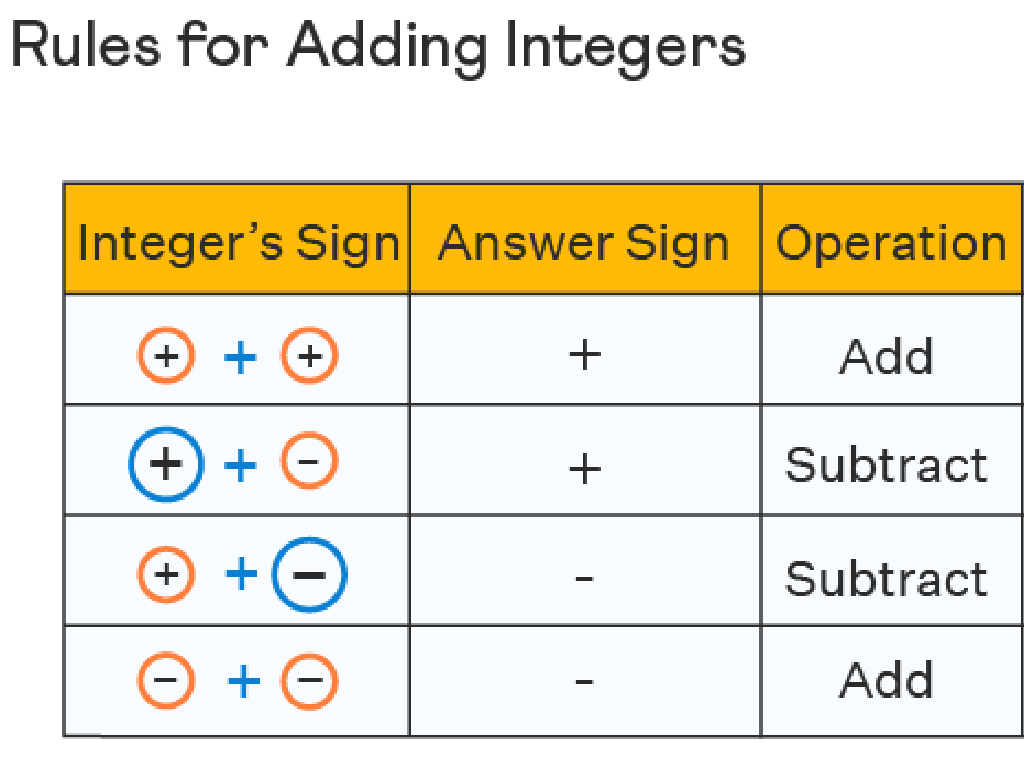Find Antonyms In Context
Subject: Language arts
Grade: Fourth grade
Topic: Synonyms And Antonyms
Please LOG IN to download the presentation. Access is available to registered users only.
View More Content
Exploring Antonyms in Context
– Discover the world of words
– Learn about synonyms and antonyms
– Synonyms are similar, antonyms are opposite
– Define antonyms
– Antonyms are words with opposite meanings
– Find antonyms in sentences
– Use sentence clues to find opposites
|
This slide introduces the concept of antonyms to the students and explains their importance in language arts. Begin by engaging students with the idea that words have families with similar and opposite meanings. Explain that synonyms are words that mean nearly the same thing, while antonyms are words that have opposite meanings. Provide clear examples of antonyms, such as ‘hot’ and ‘cold’, and demonstrate how to use context clues in a sentence to determine the antonym of a given word. Encourage students to think of their own examples and to look for antonyms in their favorite books or stories. This will help them understand the concept and see the practical use of antonyms in everyday language.
Exploring Antonyms in Language
– What are antonyms?
– Words with opposite meanings, like ‘up’ and ‘down’.
– Examples of antonyms
– ‘Happy’ and ‘sad’, ‘fast’ and ‘slow’.
– Significance of antonyms
– They enrich language and clarify meaning.
– Finding antonyms in sentences
– Look for context clues that show contrast.
|
Antonyms are a key concept in understanding language and vocabulary. They are words that have opposite meanings and are crucial for expressing contrast and offering precise descriptions in communication. For example, ‘hot’ and ‘cold’ are antonyms that describe temperature. Understanding antonyms enhances reading comprehension and helps students articulate their thoughts more clearly. When finding antonyms in context, students should look for signal words that indicate the opposite is being described, such as ‘but’, ‘however’, or ‘unlike’. Encourage students to think of antonyms for words they commonly use and to practice identifying them in their reading assignments.
Finding Antonyms in Sentences
– Clues for finding antonyms
– Antonyms are words with opposite meanings.
– Contrast words like ‘but’
– ‘She is short, but her brother is tall.’
– ‘However’ and ‘instead’ usage
– ‘She was sad, however, a smile appeared.’
– Practice with a sample sentence
– ‘He didn’t walk, instead he ran.’
|
When teaching students to find antonyms in context, start by explaining that antonyms are words with opposite meanings. Highlight that certain words in a sentence, such as ‘but’, ‘however’, and ‘instead’, often signal a contrast which can help identify antonyms. Provide a sample sentence and walk through it with the class, pointing out the contrast words and discussing the antonyms found. Encourage students to practice this skill by reading sentences and identifying antonyms on their own or in small groups. This activity will enhance their vocabulary and reading comprehension skills.
Exploring Antonyms
– Understanding common antonyms
– Antonyms are words with opposite meanings.
– Opposites attract: word pairs
– Words like ‘hot’ and ‘cold’, ‘fast’ and ‘slow’.
– Interactive: Your antonym ideas
– Think of words and their opposites to share.
– Learning through examples
– We’ll use examples to see antonyms in action.
|
This slide is aimed at helping fourth-grade students understand the concept of antonyms through examples and class interaction. Start by explaining that antonyms are words that have opposite meanings. Give examples of common antonyms and discuss how each pair contrasts in meaning. Encourage students to actively participate by thinking of their own examples of antonyms. This interactive element will help them engage with the concept and apply their understanding. Use the examples provided by students to further illustrate how antonyms work in different contexts. The activity will also serve to reinforce their vocabulary skills.
Using Antonyms to Enhance Writing
– Antonyms add depth to writing
– Opposite words make descriptions stronger
– Create contrast in stories
– Like ‘loud’ and ‘quiet’ show more drama
– Write sentences with antonyms
– ‘The sun was hot, but the breeze was cold.’
– Change meaning with opposites
– Use ‘dark’ instead of ‘light’ to alter a scene
|
Antonyms are words with opposite meanings that can make our writing more vivid and interesting. By using antonyms, students can create contrast in their stories, which helps to engage the reader and build a more dynamic narrative. For example, describing a character’s ‘loud’ laughter in a ‘quiet’ room adds tension. Encourage students to think of sentences they could change by using antonyms, and how that changes the picture they’re painting with their words. In the next class, we’ll practice this skill by writing sentences and then rewriting them using antonyms to see how the meaning and tone shift.
Class Activity: Antonym Hunt
– Play ‘Antonym Hunt’ in class
– Find antonyms in a paragraph
– Look for words that mean the opposite
– Work with a buddy
– Discuss and list your findings
– Share what antonyms you find with the class
|
This interactive class activity is designed to help students understand and identify antonyms within the context of reading. Provide a paragraph with several pairs of antonyms embedded in it. Students will work in pairs to encourage collaboration and discussion, enhancing their understanding of how antonyms work in language. After the hunt, facilitate a class discussion where each pair shares their list of antonyms and the context clues that led them to their conclusions. Possible variations of the activity could include a competition to find the most antonyms, creating sentences using the antonyms found, or even writing a short story using the antonyms.
Review and Share: Antonym Adventures
– Recap today’s antonyms
– Share ‘Antonym Hunt’ results
– Present the antonyms you found
– Discuss antonyms in communication
– How do opposites help us express ideas?
– Reflect on our learning
– Think about how we use antonyms every day
|
This slide is meant to consolidate the learning from today’s lesson on antonyms. Begin by reviewing the antonyms that were covered in class, then give students the opportunity to share the antonyms they discovered during the ‘Antonym Hunt’ activity. Encourage them to explain the context in which they found each antonym. Lead a discussion on the importance of understanding and using antonyms to enhance clarity in communication. Ask students to provide examples of how antonyms can change the meaning of a sentence and why it’s important to choose the right word for clear expression. Conclude by reflecting on what they’ve learned and how this knowledge can be applied in their daily language use.
Wrapping Up Antonyms!
– Congrats on mastering antonyms!
– Homework: Craft 5 sentences
– Create sentences with opposite meaning words
– Use antonyms from our list
– Example: ‘The test was easy, but the homework was hard.’
– Share your work next class
|
This slide serves as a conclusion to the lesson on antonyms, summarizing the students’ achievement in understanding and identifying antonyms. The homework assignment is designed to reinforce their learning by having them actively use antonyms in their own sentences. Encourage creativity and the use of context to show the meaning of the antonyms. Prepare to have students share their sentences in the next class to foster a collaborative learning environment. This will also provide an opportunity to assess their grasp of the concept and offer additional support where needed.





